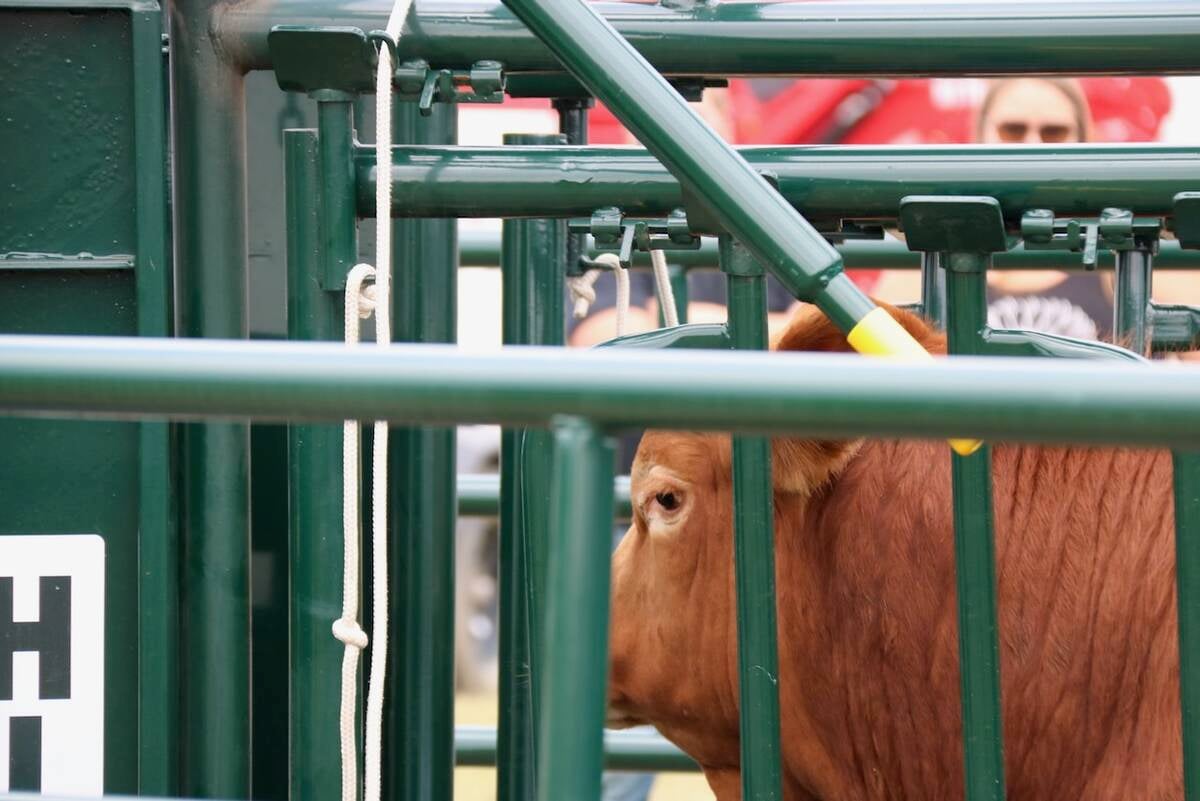A recent study has found that chronic wasting disease may spread though the saliva and blood of infected deer.
CWD was first detected in Colorado in the late 1960s, but scientists have never been able to determine how the disease spreads so easily from one infected animal to the next.
“It is the first time I think that a prion disease has been shown to be transmitted by saliva,” said study author Edward Hoover of Colorado State University.
To conduct the study, researchers exposed healthy deer to the saliva, blood, urine and feces of CWD infected deer and then conducted tonsil biopsies at three months intervals. Healthy deer were given three tablespoons of saliva from infected deer and injections of infected blood.
Read Also

Good handling equipment a must on cattle operations
It’s important for the safety of producers and everyone else dealing with their stock that handling equipment is functional and safe.
“From those studies we learned that saliva and blood contain infectious CWD prions,” Hoover said.
Prions are infectious proteins believed to cause transmissible spongi-form encephalopathies such as CWD in deer and elk, scrapie in sheep and BSE in cattle.
Results of the study suggest that deer’s normal social behaviour, such as grooming and nuzzling, could play a role in the spread of the disease. Also, since blood is found in all parts of deer carcasses, no part of an infected deer can be considered free of CWD prions. Blood-sucking insects could also be a factor in spreading the disease, the study suggested.
CWD was made a reportable disease in Canada in 2001 and a national program to eradicate CWD has been in place since the fall of 2000.
As of this past June there were 231 confirmed CWD cases in farmed elk and seven confirmed cases in farmed white-tailed deer on Saskatchewan and Alberta farms.
There have also been 119 cases of CWD in wild deer.
CWD was always assumed to be a contagious disease, transmissible through animals being in close proximity to one another, said Leeann Forsythe, a surveillance veterinarian for Saskatchewan Agriculture. All animals that die in Saskatchewan are required to be tested for the disease, she added.
“The study doesn’t change what we’re doing,” she said, referring to the control of the disease.
Similarly, Glenda Elkow, chair of the Alberta Elk Commission, said it’s not news that will change much for game farmers.
“We’ve always known that it transfers from animal to animal. The question was how,” she said.
She added while the study may show that CWD spreads through saliva, the testing conditions don’t reflect domestic or wild conditions.
CWD tests are conducted on the brains of dead animals, but Hoover hopes to develop a live test now that saliva and blood have been identified as a way to spread prions.
There are 810 elk farms and 280 deer farms in Alberta and Saskatchewan.














